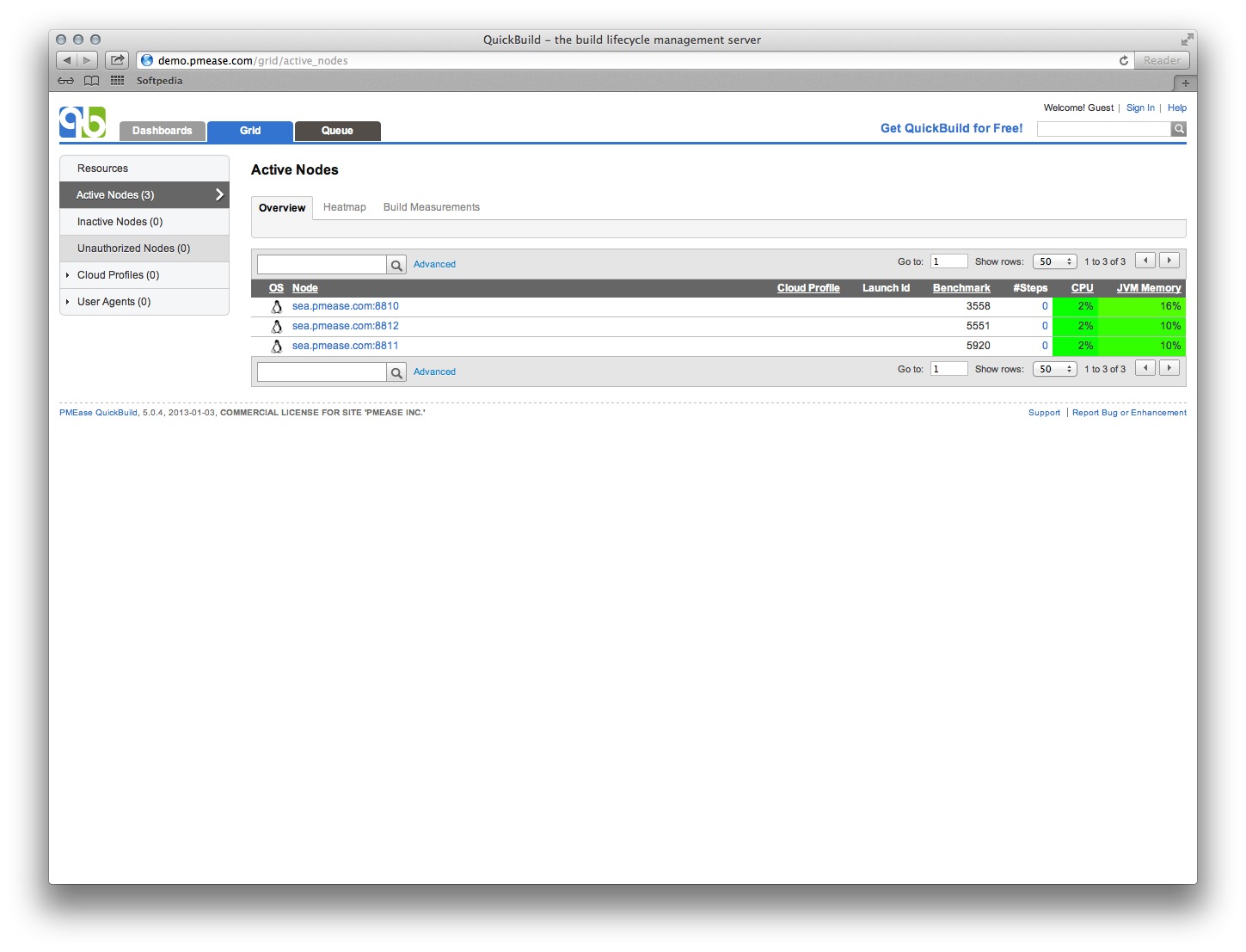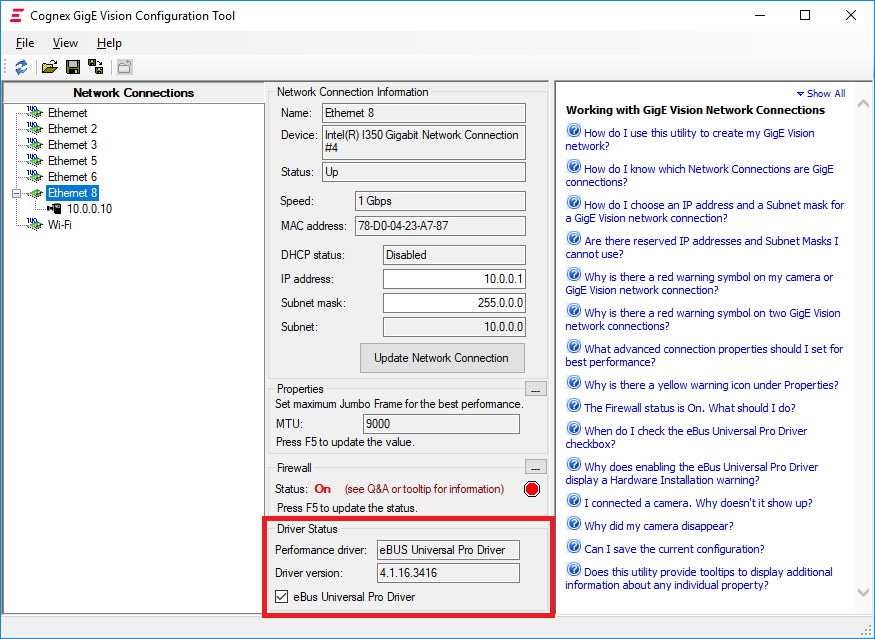
- #Quickbuild set build version how to#
- #Quickbuild set build version full#
- #Quickbuild set build version free#

Your completed agent for this guide will be graphed by the console
#Quickbuild set build version how to#
This guide shows you how to use the Dialogflow CX Console toīuild and test a simple shirt ordering agent. Save money with our transparent approach to pricing
#Quickbuild set build version free#
Rapid Assessment & Migration Program (RAMP) Material containers: Quick build container, external WxDxH 2100 x 1100 x 2100 mm, zinc-plated, assembled, with wooden floor Free delivery 3 year. That's different than how it works for other Swift repos with the build-script.Migrate from PaaS: Cloud Foundry, OpenshiftĬOVID-19 Solutions for the Healthcare Industry I think the problem with your current approach is that the build-script disables building the tests when you simply build Foundation, then circles back later and enables them before building and running the Foundation tests. This will run the entire test suite, you can iterate on a particular function or test after running this once, by going to the build directory and running ninja and ninja test or invoking the TestFoundation binary directly. I skip the Swift tests after the first build, you can find more ways to just run the tests you want in the build-script flags. I don't bother building several uncommon targets in the LLVM backend, just to save some time on the interminable LLVM build.

R -no-assertions means a Release build without assertions, you may prefer otherwise. swift/utils/build-test -help to get a better idea, I came up with this command after looking at that help info and experimenting a bit. Note that only the -xctest -T are required- as others have noted XCTest has to be built first, because the Foundation tests run with it- everything else is optional. swift/utils/build-script -R -no-assertions -llvm-targets-to-build="X86 ARM AArch64" -j2 -xctest -T -skip-test-swift` This is the command I use to build and run the Foundation tests: Hey, I've been building and testing on linux since earlier this year, specifically on Arch linux.
#Quickbuild set build version full#
If that fails, maybe use some system like to paste the full output of the build-script invocation, to give us more clues of what's failing. Then a final cmake -build - test should do the trick.Īlso, rerunning the build script invocation should go very fast through the steps that have already finished, so you should try that too. That would hopefully configure Foundation for testing (hopefully it finishes without failures). Once XCTest is built, you can go back to foundation-linux-x86_64 and try to do cmake -DENABLE_TESTING:BOOL=YES -DFOUNDATION_PATH_TO_XCTEST_BUILD:PATH=. If the directory is not there, or the CMake invocation fails, it would be great to know the error there. in that directory to make sure XCTest has been built. In the directory is there, I would recommend doing a cmake -build. build/buildbot_linux/xctest-linux-x86_64 (or something similar, I'm typing from memory). I would recommend checking if XCTest is around (it should be to build the Foundation tests). It definitely looks as if the test haven't been configured yet. It shows No tests were I think there's nothing in the install_destdir because the build script tries to build and test all the projects before installing (except for a couple of exception, but they are not your case). Test project /data/swift-source/build/Ninja-ReleaseAssert/foundation-linux-x86_64 I though the GettingStarted.md is outdated, so I cd to the build directory, run ninja and ninja test ninja It failed, raise an error ninja: error: loading 'build.ninja': No such file or directory swift-source/swift/utils/build-script -foundation -xctest -RĪll the above steps works. swift-source/swift/utils/build-script -R

swift-source/swift/utils/update-checkout

Platform Build Env: LSB Version: core-9.20170808ubuntu1-noarch:security-9.20170808ubuntu1-noarch Hi actually I followed the guide strictly.


 0 kommentar(er)
0 kommentar(er)
